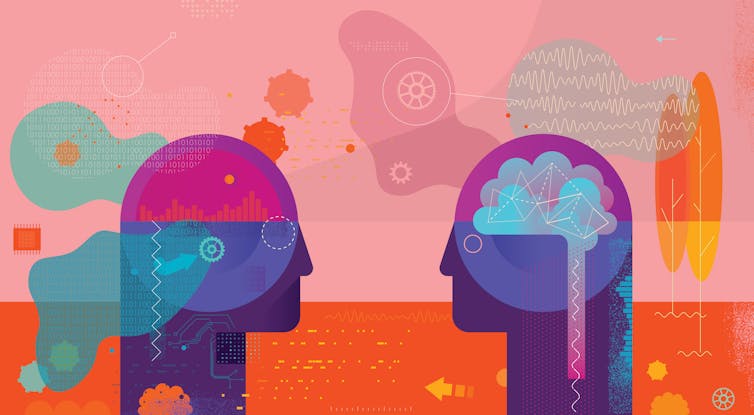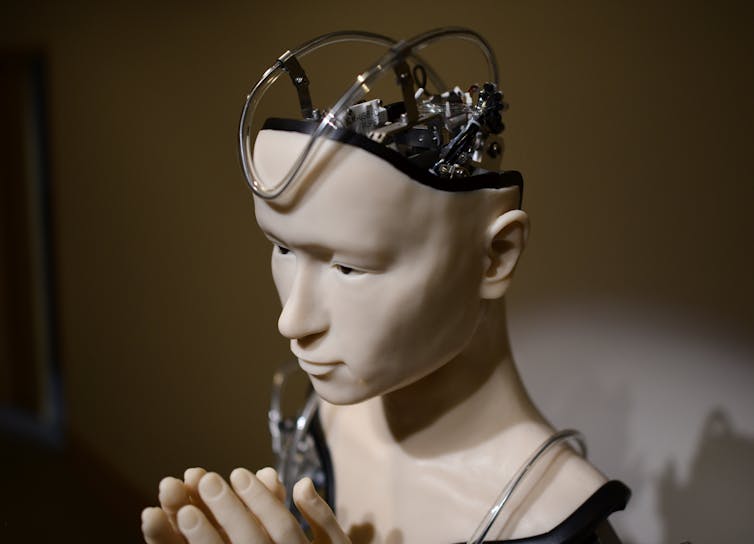
South Africa’s security laws are open to abuse by rogue intelligence operatives and politicians. These laws are meant to govern the conduct of covert activities by intelligence agencies and oversight mechanisms. But weaknesses have been exploited to spy on citizens and for political ends.
South Africa has four official intelligence agencies. They are:
the State Security Agency, whose job is to inform the government about threats to national stability
Crime Intelligence Division of the South African Police Service
the Financial Intelligence Centre, to counter financial crimes
The interception of communications judge grants permission to the above agencies to intercept communications.
Under former president Jacob Zuma (2009-2018), the State Security Agency resorted too quickly to covert operations. It used them in inappropriate situations and interfered with legitimate political activities.
President Cyril Ramaphosa then embarked on a reform process to end the abuses and ensure proper oversight over the intelligence agencies. In 2018 he appointed a high level panel to review the work of the State Security Agency and propose reforms.
The 2023/4 report of parliament’s Joint Standing Committee on Intelligence details how the committee has strengthened oversight following Ramaphosa’s intervention. This, by requiring that the state intelligence agencies comply with legislative prescripts.
According to the committee’s annual report, the number of applications for permission to intercept communication has gone down in the past year. That’s because the surveillance now has to comply with a strengthened Regulation of Interception of Communication and Provision of Communication Related Information Act (Rica).
The act requires that all cellphone sim cards in the country be registered. It also makes it illegal to monitor communications (even to eavesdrop on a phone call) without a judge’s permission.
Perhaps the decline in applications to intercept communications is because this covert, intrusive power is so well regulated now relative to other covert powers. The danger is that abuse of less powers that are not well-regulated may continue under the unity government.
I have researched intelligence and surveillance for over a decade. I also served on the 2018 High Level Review Panel on the State Security Agency.
In my view, the intelligence committee’s report reveals important areas of weakness. The new parliamentary intelligence oversight committee needs to address them.
Litany of intelligence abuses
The most serious of these weaknesses is that most covert intrusive powers remain poorly defined. Communication surveillance, search of premises and seizure of property are exceptions. And powers are poorly regulated and audited for the State Security Agency, Crime Intelligence and Defence Intelligence. Failure to address this problem creates scope for the abuses that occurred under Zuma to recur.
The high level review panel and the State Capture Commission detailed how the State Security Agency’s special operations division ran what appeared to be “special purpose vehicles to siphon funds” from the agency.
Other abuses included:
protecting Zuma from criticism by destabilising opposition parties
forming a fake trade union aligned to Zuma
infiltrating civil society bodies to neutralise threats to Zuma’s rule
disrupting Ramaphosa’s campaign to become president of the ANC.
History of intelligence abuse
As far back as 2008, the Matthews Commission of Inquiry investigated abuses in what was then the domestic branch of intelligence, the National Intelligence Agency.
The commission argued that legislation should state that intrusive methods should be used only when there were reasonable grounds to believe that a serious criminal offence had been, was being or was likely to be committed.
It said such intrusive methods should be used only when the intelligence is necessary and cannot be obtained by other means. Also, intelligence offers seeking to use intrusive powers should seek a warrant to do so.
Covert intelligence operations
Intelligence agencies may legally use intrusive means in secret. These include:
deception, to uncover covert criminal and terrorism activities that threaten national security
deploying intelligence agents to infiltrate criminal networks using fake identities
placing their targets under physical or electronic surveillance
engaging in covert action to disrupt their activities.
As the powers used in covert intelligence operations are invasive and threaten privacy, state intelligence agencies should only use them in exceptional circumstances. These could be where actors pose a particularly high risk to national security and cannot be stopped in any other way.
What needs fixing
The new parliamentary intelligence committee must address the inadequate regulation of covert powers. The drafters of the General Intelligence Laws Amendment Bill, 2003 have attempted to address the problem.
They called on the then incoming seventh parliament to set up an evaluation committee in terms of the Secret Services Act within a year. It is to evaluate covert projects funded in terms of the act.
However, this committee will not be a sufficient check on these powers. That’s because it merely needs to be satisfied that the intended projects are in the national interest. That’s a vague term, open to abuse.
Legislation needs to limit the uses of covert powers, like Rica limits the interception of communications.
Another problem that emerges from the previous intelligence committee’s report is that the auditor-general does not have complete access to information about covert operations. This led to the State Security Agency receiving qualified audits as a matter of course. The agency has argued that providing the information could hamper its work.
This happens even though the staff in the Auditor-General’s office responsible auditing the agency staff has top secret security clearance. The High Level Review Panel also expressed discomfort with normalising qualified audits.
The auditor-general should be empowered to access the information necessary to perform financial and performance audits. The Inspector General of Intelligence, which monitors and reviews the operations of the intelligence services, could assist by interpreting the non-financial information the auditor-general needs to evaluate performance.
Having to account for spending on covert operations would make it more difficult for the intelligence agencies to abuse their powers.![]()
Jane Duncan, Professor of Digital Society, University of Glasgow
This article is republished from The Conversation under a Creative Commons license.






